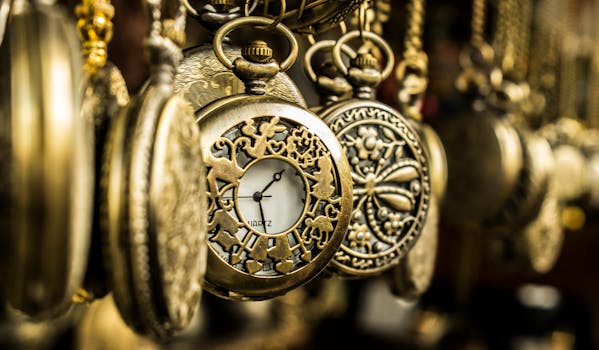
Table of Contents
- 1. Ancient Timekeeping Devices
- 2. The Renaissance and the Birth of Modern Watchmaking
- 3. 18th Century Innovations
- 4. The 19th Century Revolution
- 5. 20th Century Advancements
- 6. Modern Watchmaking Techniques
- 7. Conclusion
- 8. Sources
1. Ancient Timekeeping Devices


These early inventions laid the groundwork for the intricate mechanisms that would follow. As societies evolved, so did their methods of timekeeping, leading to the creation of more precise and complex devices.
2. The Renaissance and the Birth of Modern Watchmaking

During this time, the first mechanical watches emerged in Europe, primarily in Switzerland. The craftsmanship involved in creating these watches was exceptional, leading to the development of intricate designs and elaborate ornamentation. As a result, watches became a symbol of status and wealth.
3. 18th Century Innovations

In addition, the invention of the balance spring improved the precision of watches even further. Notable watchmakers such as Abraham-Louis Breguet introduced revolutionary designs, including the tourbillon, which countered the effects of gravity on the watch movement.
4. The 19th Century Revolution

This period also saw the rise of the American watch industry, with companies like Waltham and Elgin leading the charge in producing affordable and reliable timepieces. The combination of American ingenuity and Swiss craftsmanship set new standards in watchmaking.
5. 20th Century Advancements

However, the quartz crisis also challenged traditional mechanical watchmakers, leading to a resurgence in interest for handcrafted timepieces. This revival emphasized the artistry and skill involved in mechanical watchmaking, with brands like Rolex and Omega becoming household names.
6. Modern Watchmaking Techniques

Modern watchmakers utilize advanced materials and techniques, including ceramic and carbon fiber, while still honoring the intricate handcrafting that defines luxury timepieces. The balance between tradition and innovation continues to shape the future of watchmaking.
7. Conclusion








